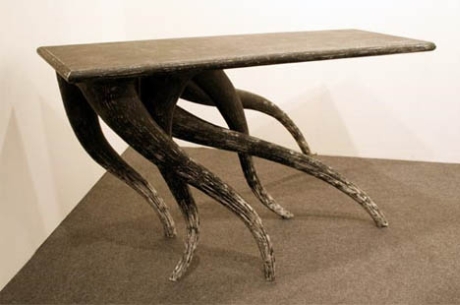pawian
11 Mar 2012
Genealogy / Little Poland 1241 location? Małopolska (Lesser Poland) [6]
Here you are:
Little Poland in the year 1241, bottom right pink and yellow:
.png)
Related:
Małopolska in English?
I have encountered the folloiwng for Małopolska in English texts over the years:
Little Poland, Lesser Poland and Poland Minor. Also left unchanged (Małopolska) or with only the the barred £ missing (Malopolska).
Does a single standard contemporary form exist? Which one do you use? It's Małopolska round here.
Either form is fine so I would not worry about it at all. But the original name for these lands was "Polonia Minor", not "Małopolska". The latter version came much later; see below.
See also [en.wikipedia.org/wiki/Lesser_Poland]
By the way:
obcyjezykpolski.interia.pl/?md=archive&id=299
Can anybody tell geagraphic location.1241.
Here you are:
Little Poland in the year 1241, bottom right pink and yellow:
.png)
Related:
Małopolska in English?
I have encountered the folloiwng for Małopolska in English texts over the years:
Little Poland, Lesser Poland and Poland Minor. Also left unchanged (Małopolska) or with only the the barred £ missing (Malopolska).
Does a single standard contemporary form exist? Which one do you use? It's Małopolska round here.
Which one do you use?
Either form is fine so I would not worry about it at all. But the original name for these lands was "Polonia Minor", not "Małopolska". The latter version came much later; see below.
After prof. Stanisław Dubisz, "Między dawnymi a nowymi laty. Eseje o języku", Książka i Wiedza, Warszawa 1988:
Even though the name Polonia officially functioned as the name of the whole country in 10th-11th century, the princes of the statehood cradle (ie, of the lands around Gniezno and Poznań) continually emphasized their superiority and right to the sovereign power over the all Polish lands. For this purpose they used the name Polonia Maior (Older Poland) or Polonia Magna (Great Polonia).
As in opposition to the Polonia Maior the name Polonia Minor appeared to designate the lands around Kraków, Sandomierz and Lublin. Once the name "Polska" has become widespread in the 16th century as the permanent name for Poland, the terms Polonia Maior (Polonia Magna) and Polonia Minor have become translated into "Staropolska" ("Wielkopolska") and "Małopolska".
Even though the name Polonia officially functioned as the name of the whole country in 10th-11th century, the princes of the statehood cradle (ie, of the lands around Gniezno and Poznań) continually emphasized their superiority and right to the sovereign power over the all Polish lands. For this purpose they used the name Polonia Maior (Older Poland) or Polonia Magna (Great Polonia).
As in opposition to the Polonia Maior the name Polonia Minor appeared to designate the lands around Kraków, Sandomierz and Lublin. Once the name "Polska" has become widespread in the 16th century as the permanent name for Poland, the terms Polonia Maior (Polonia Magna) and Polonia Minor have become translated into "Staropolska" ("Wielkopolska") and "Małopolska".
See also [en.wikipedia.org/wiki/Lesser_Poland]
By the way:
As word "Polanie" began to function, there became a need to name the land where they lived. Therefore, in written Latin documents the following terms appeared:
Poloniae Regio (Province of Polans), Regnum Poloniae (Kingdom of Polans) or Terra Poloniae (Land of Polans), and later - the lone word Polonia. Amazingly, the said name no longer "belonged" to Polans alone - people living in the basin of the Warta River - but also to Wislans, Mazowszans, Kujawians, Pomeranians and Ślęzans, and thus the new name included the much greater geographic area.
Poloniae Regio (Province of Polans), Regnum Poloniae (Kingdom of Polans) or Terra Poloniae (Land of Polans), and later - the lone word Polonia. Amazingly, the said name no longer "belonged" to Polans alone - people living in the basin of the Warta River - but also to Wislans, Mazowszans, Kujawians, Pomeranians and Ślęzans, and thus the new name included the much greater geographic area.
obcyjezykpolski.interia.pl/?md=archive&id=299
 PolishForums LIVE / Archives [3]
PolishForums LIVE / Archives [3]

